Estimated reading time 11 minutes, 27 seconds.
Any military pilot flying a precision approach radar (PAR) or “talk down” approach knows that if the controller calls them “below glidepath,” the next instruction they get will be “adjust rate of descent.”
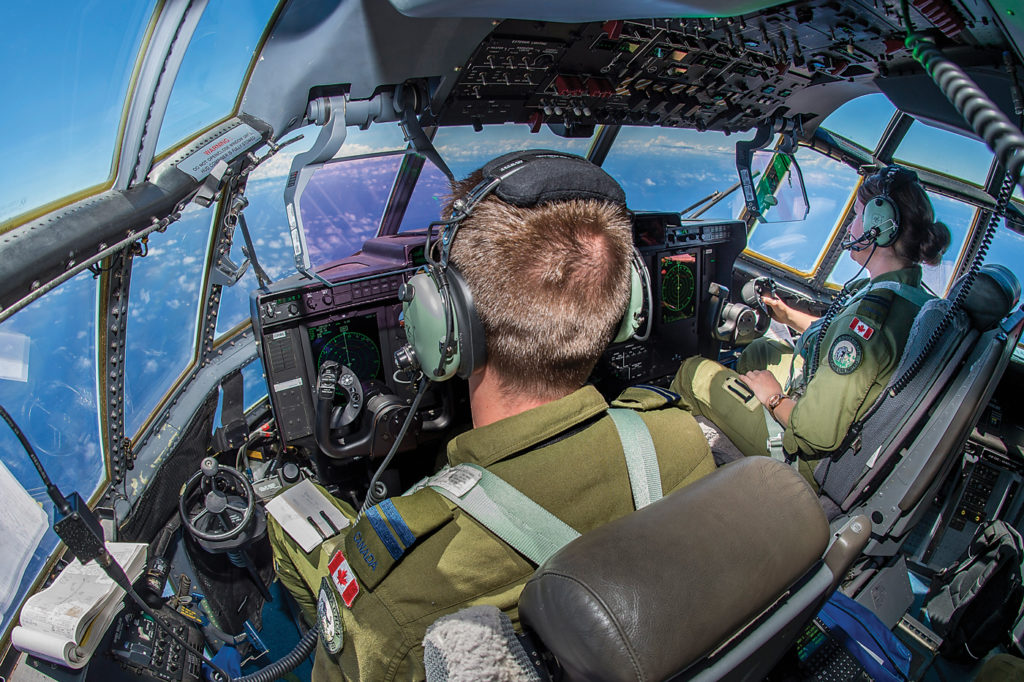
The concept is simple: If you descend too far below the ideal trajectory, you may not make it to the runway. Reducing the rate of descent is necessary to get back on the approach path.
Just as an aircraft tries to maintain an ideal descent rate to touchdown, so too do air forces the world over try to maintain an ideal number of pilots to fly those approaches. When they get it right, air forces recruit and retain sufficient pilots to exactly offset the retirement of experienced veterans. But the Royal Canadian Air Force (RCAF) is falling victim to a seemingly voracious appetite for pilots in the commercial sector; and as such, it is descending well below the ideal personnel glidepath.
Deliberate measures must be taken to reduce the current exodus of trained pilots if the Air Force wishes to maintain full operational capability in the future. What can the RCAF do to promote the retention of experienced pilots? The simplicity of some answers might surprise you!
A November 2017 article in the Air Force Times noted that even though United States Air Force (USAF) pilots could be offered as much as US$455,000 to sign on for up to 13 years of continued service, very few pilots were doing so.
Given our American counterparts’ lacklustre response to their retention bonuses, and given that many RCAF pilots are leaving for fixed initial salaries which are about half of what they made in the Air Force prior to retirement, it’s not surprising that an April 2018 report on RCAF pilot releases found that pilots were not leaving to make their fortunes on the outside.
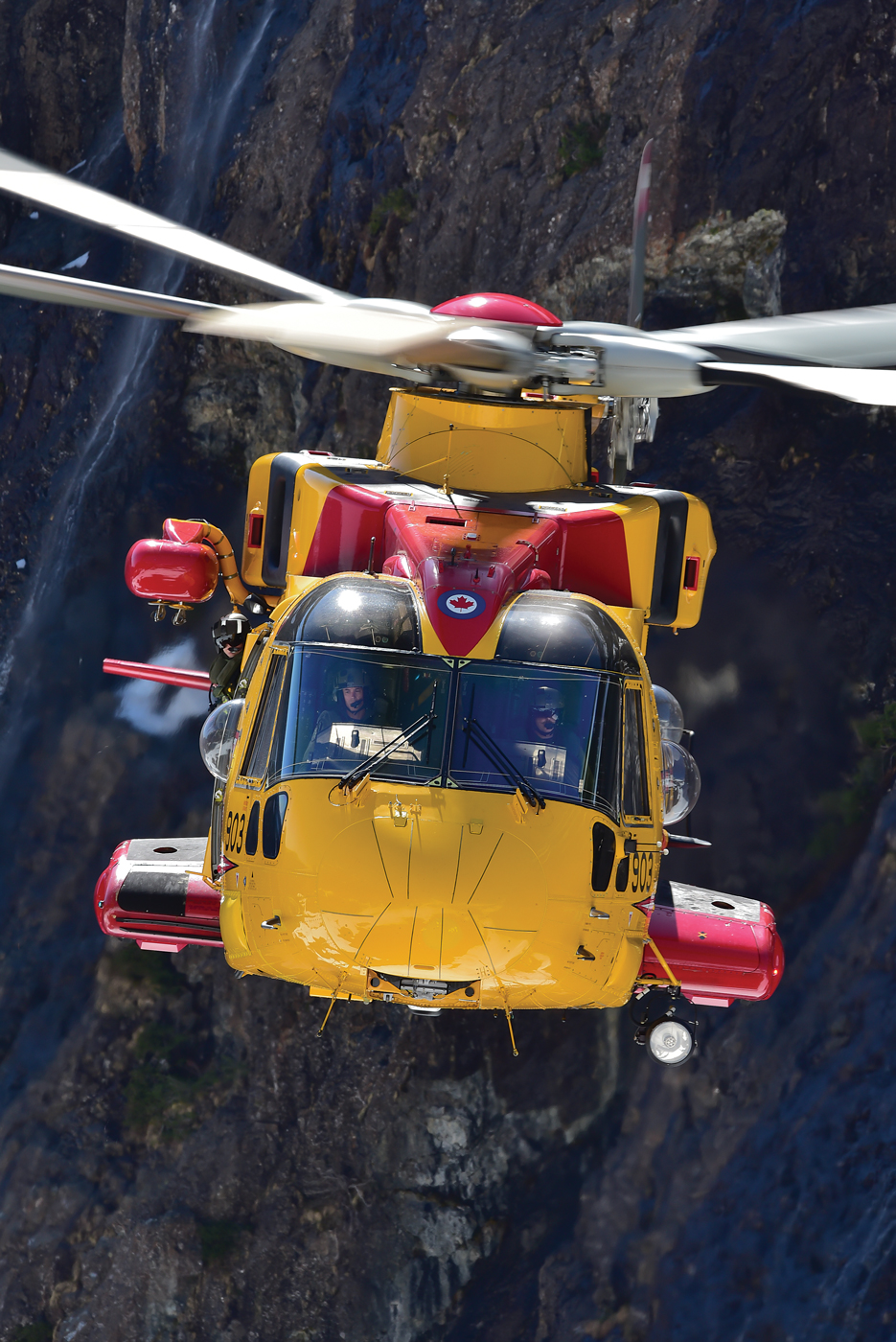
Clearly, if someone is willing to give up a career in the RCAF to make 50 per cent of their military salary initially, bonuses will not be an effective retention mechanism. If money is not the answer, what is?
According to that same April 2018 research, geographic stability and issues such as family health care and education were uppermost in the minds of RCAF pilots who sought voluntary release. My own personal experience as military commander confirms that conclusion. I met many pilots and other Canadian Armed Forces (CAF) members over the years who cited the CAF posting system as a major stressor in their lives.
As a former personnel officer (or career manager) myself, I can confirm that the CAF believes a broad variety of geographic and operational experiences makes for a well-rounded officer or non-commissioned member. As a result, once an individual has been in one location for a significant period of time, the pressure to move that individual (quite literally for the sake of moving them) results in a new posting.
Each military move costs taxpayers approximately $40,000. And despite the challenges associated with family members trying to find new jobs, make new friends, find new doctors and deal with new school systems in the new place of duty, “Service Before Self” means that the military member and their family are expected to uproot themselves in the interest of serving Queen and Country.
Postings are not as stressful for all RCAF members. Some like the excitement and new experiences, especially early on in their careers. But many others find those moves stressful. I have personally met members who were forced to outlay tens of thousands of dollars to provide continuity of health care when moving from one province to another (due to provincial discrepancies on treatment funding and waiting lists for those treatments). And I’ve met a family who (after several quick postings at an unforeseen rate) fell victim to a softening real estate market and went from having a comfortable retirement plan to avoiding personal bankruptcy by only a hair’s breadth.
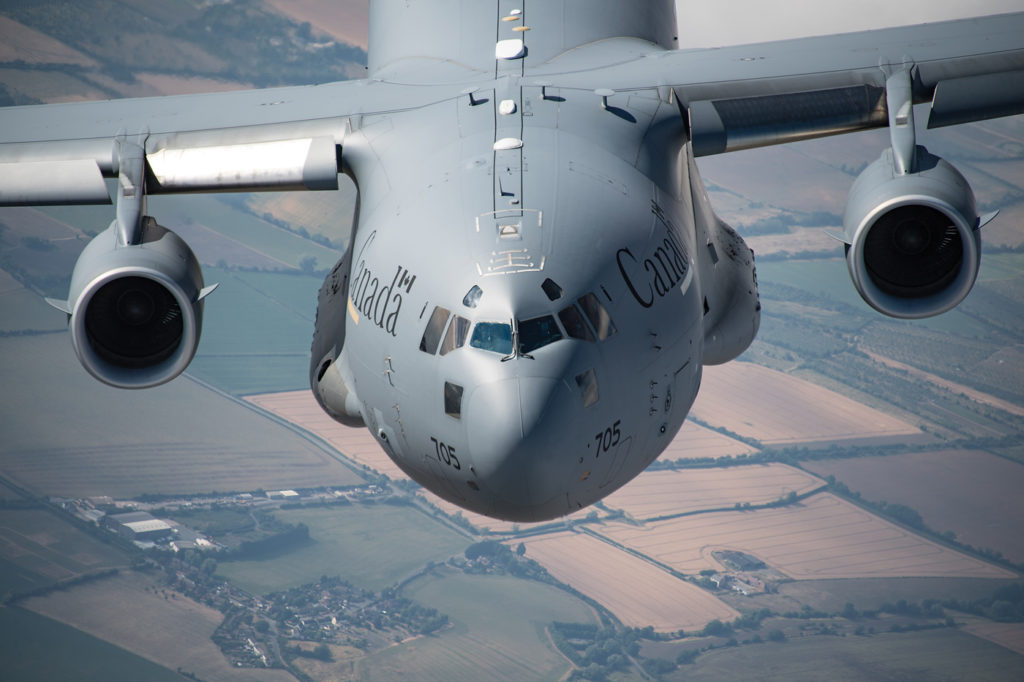
Like these examples, many experienced RCAF pilots make the decision to leave when faced with a new posting they feel will place too much stress on their family. Faced with a choice of disrupting the family or taking a 50 per cent pay cut for a few short years before making more than their current salary as an airline captain, many RCAF pilots choose the latter and endure the short-term financial pain for the longer-term family stability afforded by not moving.
As such, they leave the RCAF because they come to a point where they must choose between Air Force and family. But what if the RCAF could change its personnel policies to understand that as pilots gain experience they also start families, and eventually those families become more important to them than the RCAF? How could the RCAF change its personnel strategy to keep the world’s most talented pilots flying operational missions as opposed to flying the red-eye between Toronto and Calgary?
First and foremost, the RCAF should run its personnel management more like a business, by maximizing its return on a very significant training investment. At present, newly-trained pilots are required to serve seven years in the RCAF after receiving their military wings. But many of those new pilots spend more than a year waiting to train on their operational aircraft, and that training often takes several months. By the time they are operationally trained, many pilots have expended up to two years of that seven-year commitment waiting for training! This is a waste.
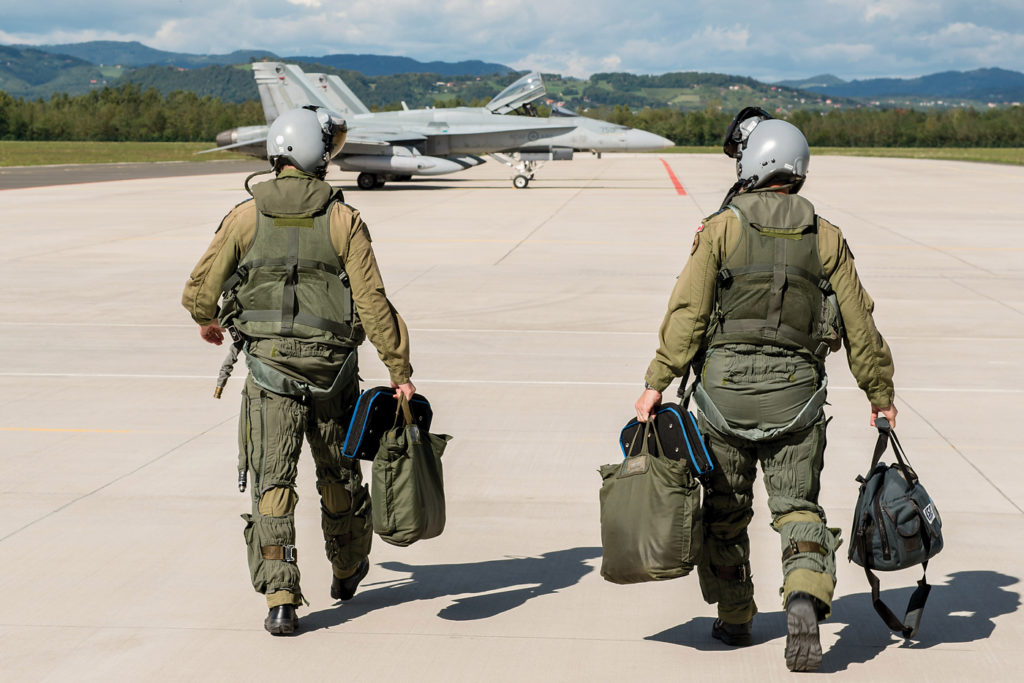
At a minimum, the seven-year obligatory service period should be amended to begin after completing operational training as opposed to Wings qualification. And postings within that seven-year period should be avoided where possible. For some aircraft types and remote locations with fixed tour of duty lengths (e.g. Twin Otters in Yellowknife), a second posting within the seven-year restricted release period may be necessary. But where it is not, retaining pilots on the same aircraft type (or at least in the same geographic location) is good for the pilot (it promotes family stability) and good for the taxpayer (the return on that $3.5 million initial training investment is maximized and a $40,000 move at public expense is avoided).
With a more business-like pilot HR strategy, RCAF pilots would be streamed to their operational aircraft quickly, their seven-year restricted release period would begin when they become operationally trained, and they would fly that first aircraft for as much of that period as possible. That seven-year period, then, would form the bedrock of RCAF personnel planning.
At that seven-year point, pilots would be faced with a decision. Several options would be available at this point: release to the private sector, apply to become eligible for command and senior flying positions, apply to become members of a non-flying air ops occupation focused on supporting flying operations (e.g. CAOC, Wing ops, etc.), or become instructor pilots (IPs) at basic or advanced flying training schools or Operational Training Units (OTUs).
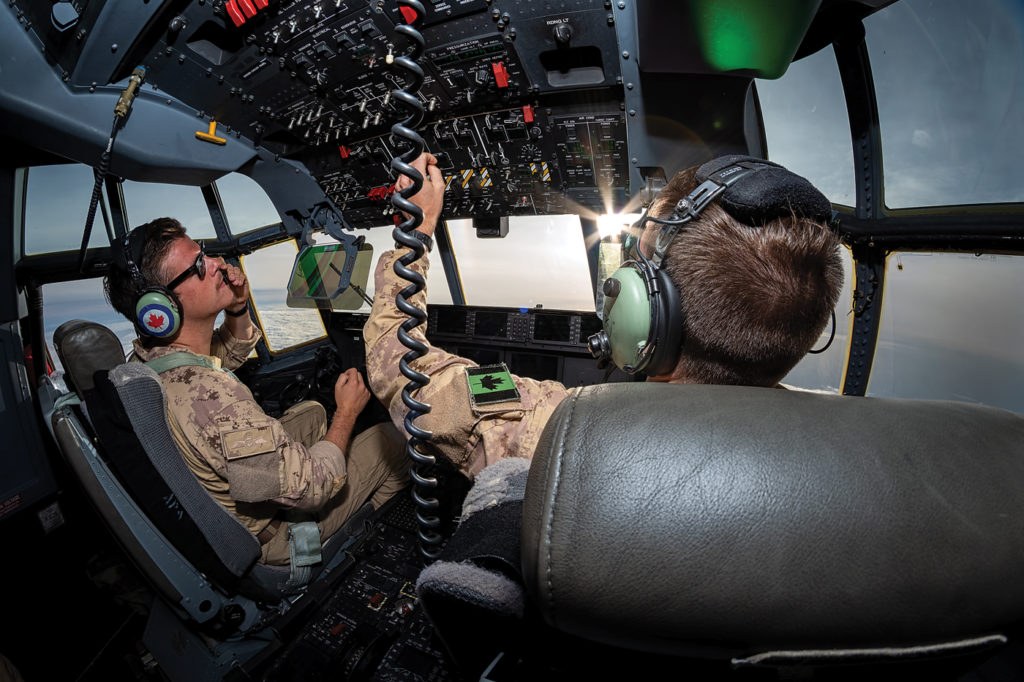
Depending upon vacancies at flying units at the time, pilots completing their seven-year obligatory service period could also be offered short contracts of one to three years to remain flying at their current unit (with salary incentives dependent on the length of the interim contract).
Each of these options should involve a modest period of obligatory service and pay increases commensurate with the complexity of the aircraft flown, the pilot’s responsibilities, and comparability with similar roles in the civilian world. Those who chose release would be thanked for their service. Those who applied for and were selected for the command stream would receive leadership professional development training and experience and would be eligible and expected to take on more senior (and joint) roles and responsibilities. Those who chose to apply their previous expertise to operational support issues would become critical mission enablers. And those who wished to (and were identified as possessing the skills to) train ab initio or advanced pilots would have the opportunity to continue to fly regularly and impart the lessons learned in their seven-year obligatory service period to less experienced pilots.
Just as the RCAF tried to create a positive, family-friendly environment in the seven-year obligatory release period, so too should it make it attractive to pilots to remain in the RCAF following that obligatory service. Instead of forcing them to move, the RCAF should offer a range of options from which pilots choose to further their careers. Where possible, post-obligatory service contracts should reflect an organizational commitment to family stability (moves should occur only for those who desire them, where possible).
Further, compensation for members who apply for and are selected to follow-on roles should be competitive with civilian equivalent roles. If the RCAF implemented these changes correctly, only a small fraction of the total cadre of pilots trained would be eligible for conversion to a follow-on contract. Dollar amounts for pay differentials would not be overly high and if the RCAF implemented a sub-occupation of the main pilot occupation (e.g. senior pilot), it would be more strategically palatable to initiate a pay scale in line with similar skills in the commercial sector, as the military already has for physicians and lawyers.
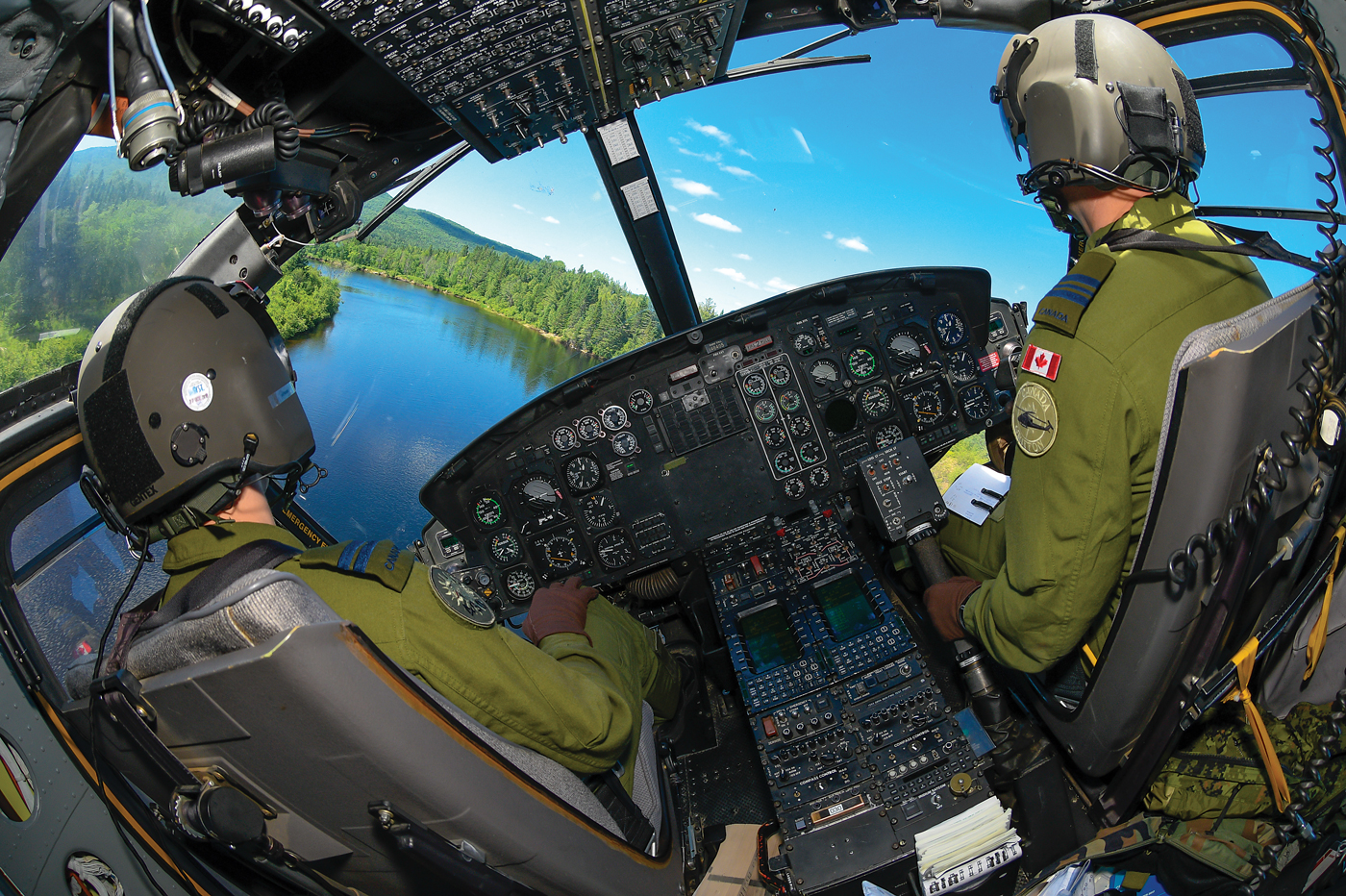
Above all, RCAF strategic leaders must understand and accept that the RCAF they joined was the RCAF of the 1980s. The world has changed, and the RCAF must change as well if it hopes to attract and retain talent.
The RCAF must discard its current employment methodology which wastes significant portions of obligatory service and forces pilots to move for the sake of moving (regardless of the cost to the family). With some simple policy changes, it can maximize the return on the initial training investment (with a long and stable period of obligatory service following initial operational training). Most importantly, with a focus on family and geographical stability, the RCAF may just prove that it can develop a sustainable and efficient pilot retention model which is reliable, predictable, and relatively immune from external commercial “boom and bust” cycles of pilot hiring.
By changing to a model whereby RCAF pilots bid for follow-on employment after their obligatory service (and are well compensated to do so), the RCAF could demonstrate the agile policy development necessary to retain talent in the face of a global pilot shortage. Doing so would stem the outflow of trained pilots to commercial cockpits and bring the RCAF pilot management system back where it should be: “On course, on glidepath.”
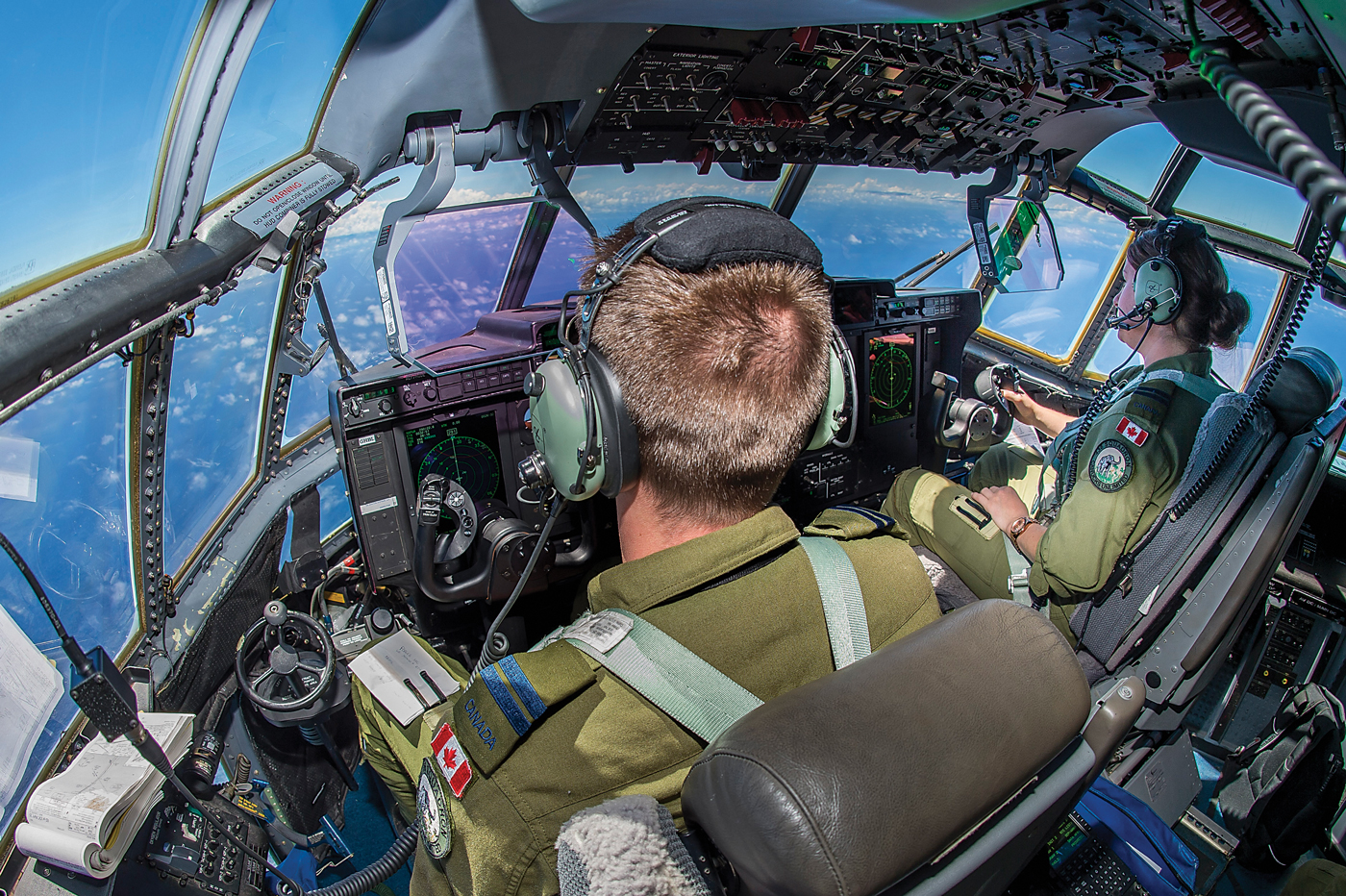

Great article, and bang on with the assessment and potential fixes. It also doesn’t help when the head of the RCAF declares that there is no retention problem, there is a “loyalty problem”.
Andy (I assume you are retired now),
We met at 17 Wing Mess last year and I knew right away that you “got it”. Great article; hit the nail on the head. I have been a happily retired RCAF pilot for 4 months now. My salary was amazing, I was very content in year 6 of my 2nd posting and then it arrived: the forced move for the sake of moving. Hopefully your sage advice is taken seriously; I’m not sure how much more the RCAF can handle. Cheers.